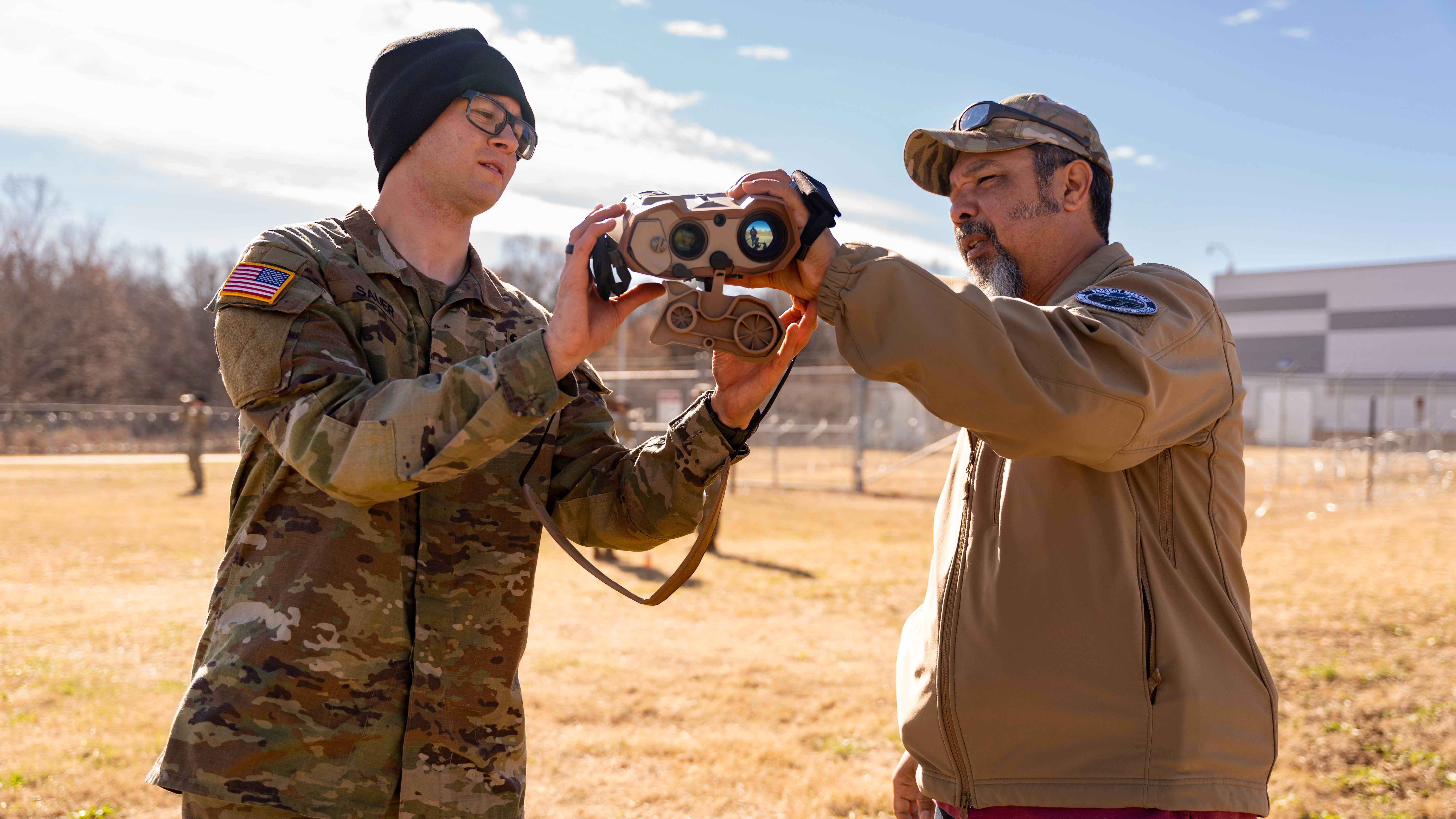Army Aims to Better Integrate Training, Acquisition
Army Aims to Better Integrate Training, Acquisition

As the Army continues its transformation, it must ensure that training keeps pace with new systems and technologies, and the service must work with industry partners to expedite the acquisition process, two senior Army leaders said.
“It’s an exciting time—the Army is doing a lot, very quickly,” said Douglas Bush, the Army’s assistant secretary for acquisition, logistics and technology. “We want to make things easier for our leaders, our commanders and our soldiers.”
Bush and Gen. Gary Brito, commanding general of the Army Training and Doctrine Command, spoke Nov. 28 during the 2023 Interservice/Industry Training, Simulation and Education Conference in Orlando, Florida.
To accomplish the mission of having “a warfighting-ready Army,” Training and Doctrine Command must be “linked in early” in the acquisition process so that training, doctrine and leader development are integrated with new systems, Brito said. “When you do that, you enhance the lethality of the individual soldiers, you improve the … collective training of the respective unit, you improve their performance when they go to a combat training center,” he said.
Limited funding is a perpetual stumbling block for modernization, Bush said. “I think the challenge the Army has, as always, is just resources,” he said. “How do we allocate resources to modernize quickly in this area of training … while trying to do everything else?”
While the Army has made improvements in resourcing, it’s a constant challenge “to make sure that we are starting an acquisition program and thinking about the training part up front, especially when we’re doing it faster,” Bush said.
“You can have a terrific piece of gear, but if it’s very difficult to train, it’s just not going to be as effective, or if it’s too expensive to train on, it’s not going to be as affordable for the Army to do at scale—and everything the Army does is at vast scale,” Bush said.
Looking to 2030 and beyond, the Army is depending on industry to provide feedback on which practices are most effective, Bush said. “The innovation in this country, in the defense industry—we rely on it,” he said. “Every answer should not be the Army telling industry exactly how we’re going to do something. We need to leverage that private sector innovation into our training systems.”

